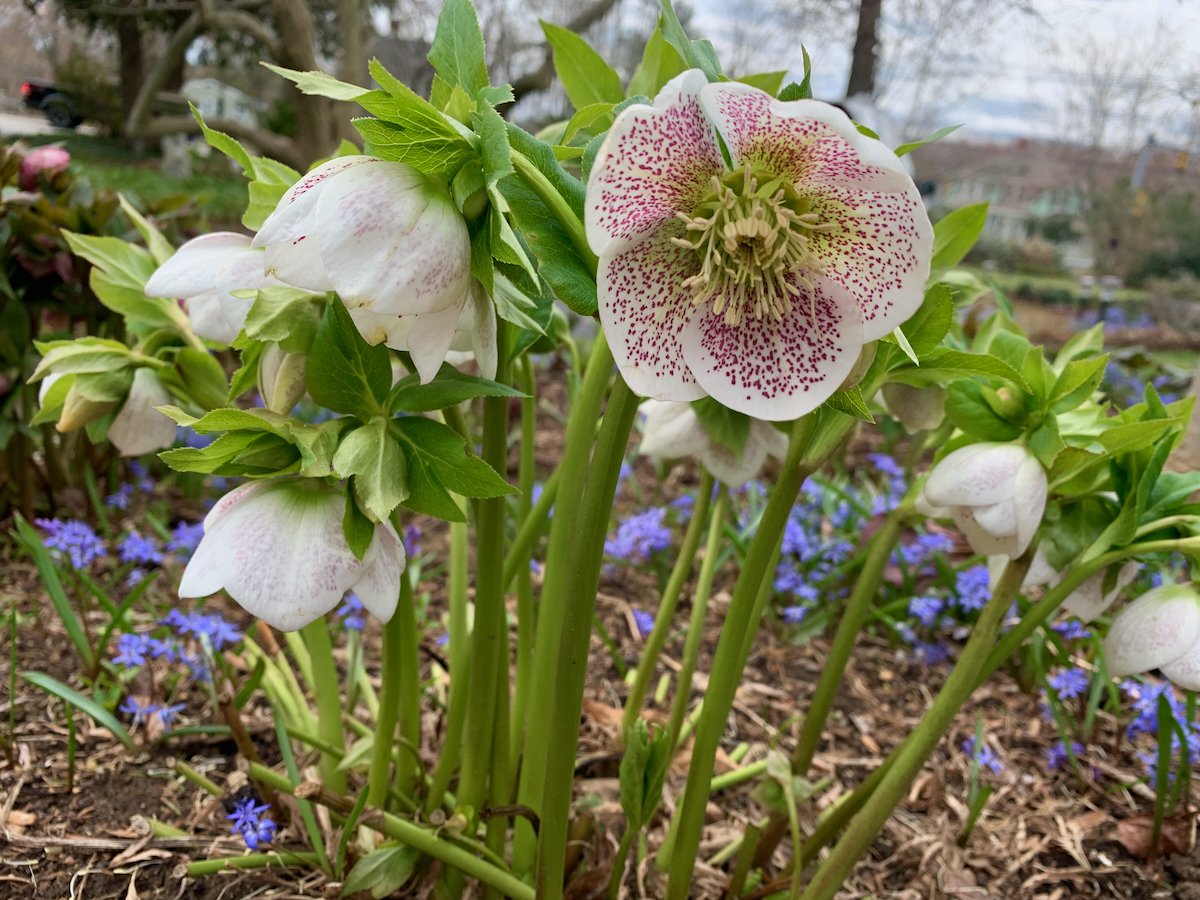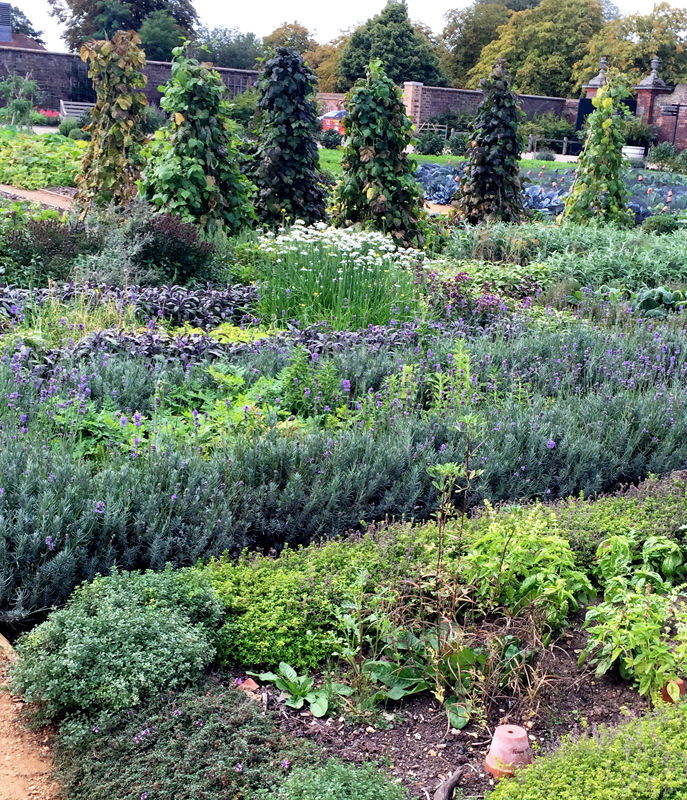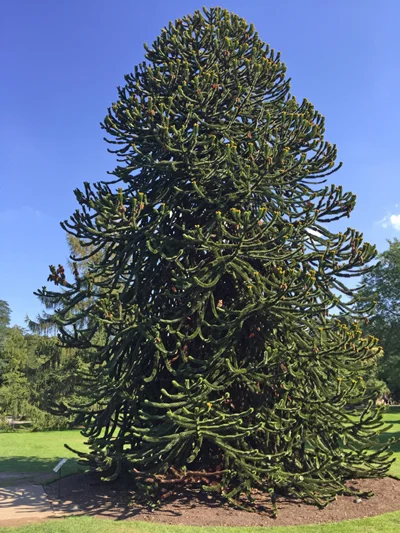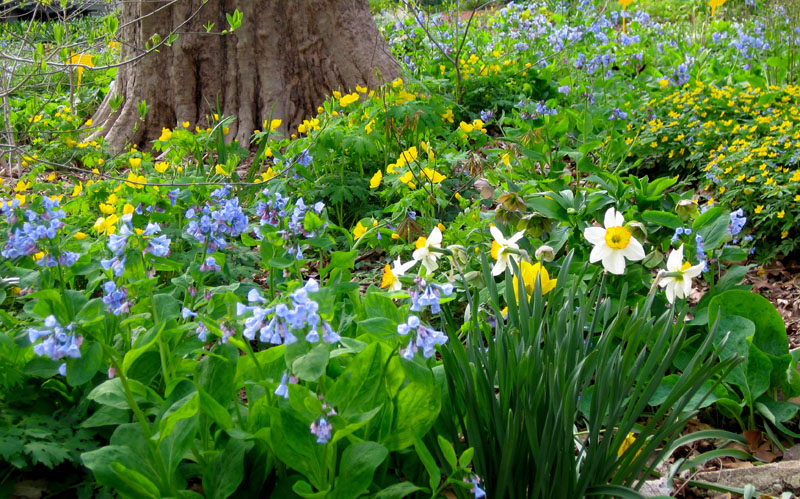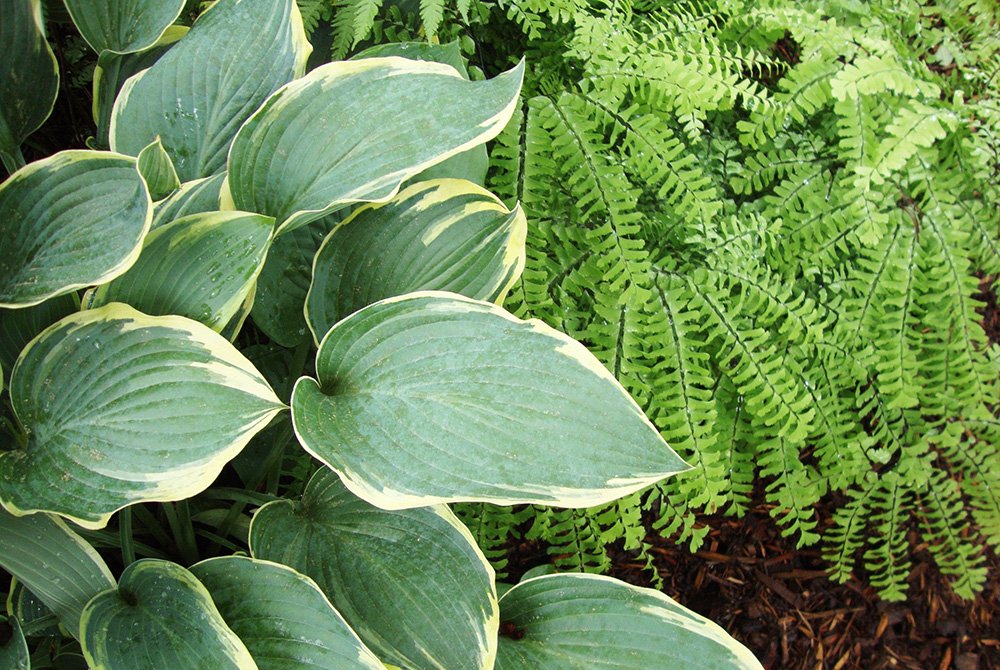Spanish Bluebells Welcome Sprin
/Also known as Wood Hyacinths, Spanish Bluebellls (Hyacinthoides hispanica) are charming additions to the spring garden. The pale blue, dangling bells complement yellow daffodils, red tulips, white lily-of-the-valley, and many other spring flowers.
Spanish bluebells are bulbous perennials native to Spain, Portugal and northwest Africa. Each bulb produces a clump of 2-6 strap-shaped leaves and a flower stem with 12-15 hanging, bell-shaped flowers. The plants are 12-18" tall. The bulbs are inexpensive, readily available, and easy to grow, so if you are new to bulb gardening, they are great plants to try.
Hardy in zones 3-8, Spanish bluebells will grow in full sun to part shade, and are not fussy about their soil requirements. They are good naturalizes, spreading both through bulb offsets and seeds. Here in New England, they will spread discreetly but steadily, making a cheerful community. Like other spring bulbs, they should be planted in the fall, and will bloom in early April to early May. The leaves will disappear as the plants go dormant for the summer.
Spanish bluebells are versatile additions to the garden. In addition to the classic blue form, there are pink and white varieties available. They look great sprinkled among other spring bulbs in a sunny garden, or combined with bleeding hearts, geranium macrorhizum and epimediums in a shady border. You can plant them around the bases of hostas, and as the hosta leaves unfurl, they will hide the bluebells' yellowing foliage in late spring. They also complement spring-blooming shrubs, and look great massed in a woodland or naturalized in large drifts under deciduous trees. No matter where they are planted, Spanish bluebells create a delightful, cottage-style garden.
White Spanish Bluebells with Bergenia, Ajuga, and Geranium macrorhizum
Sources: Breck's, White Flower Farm









